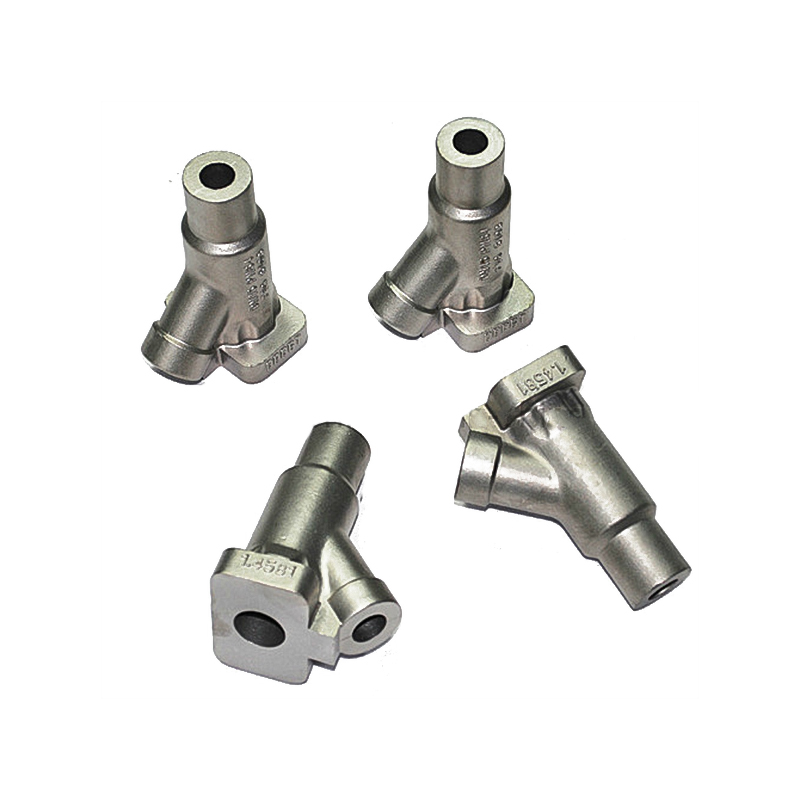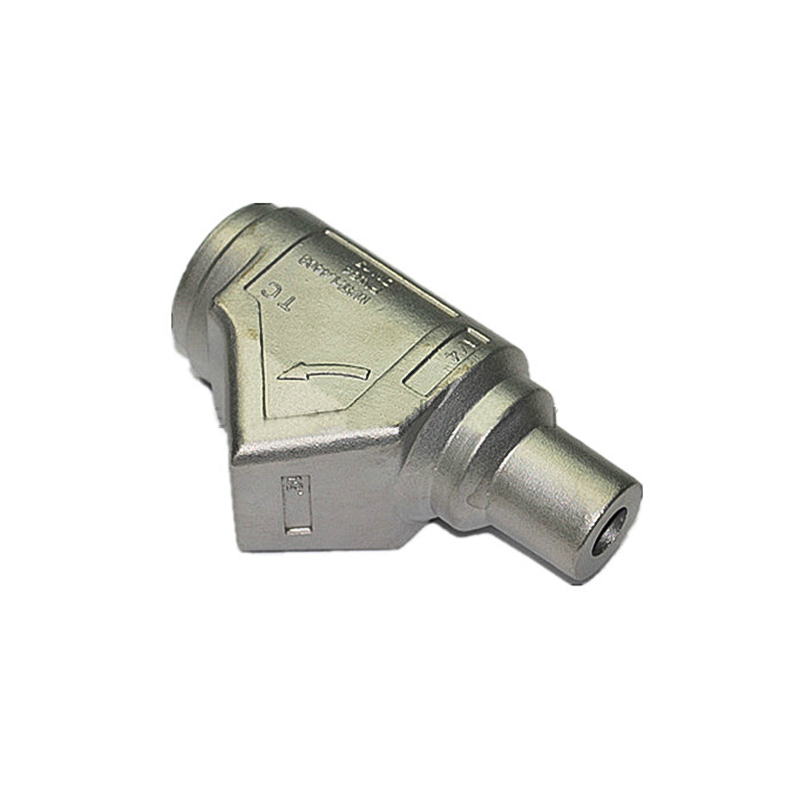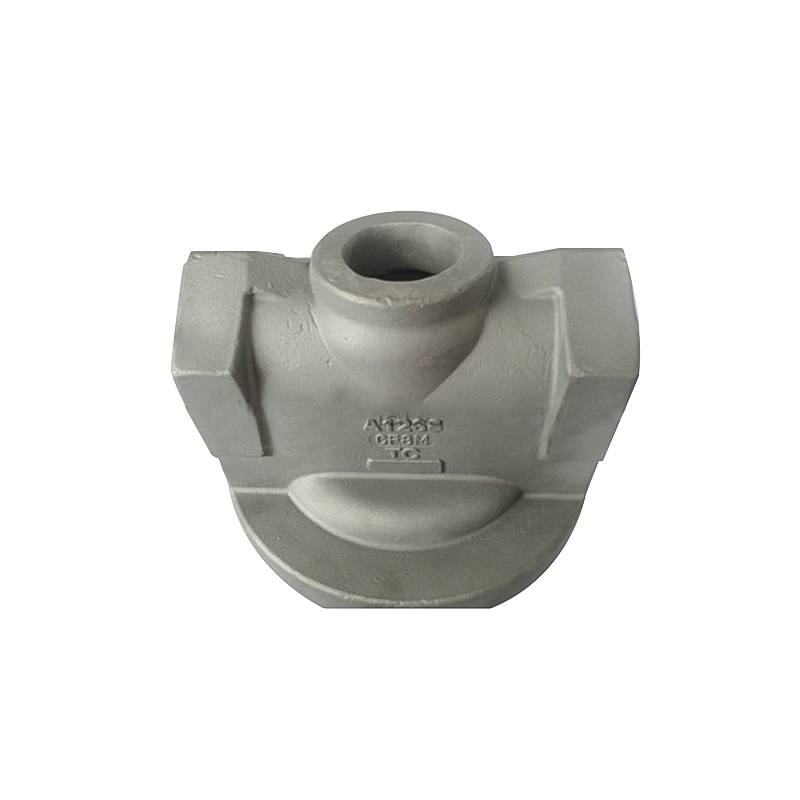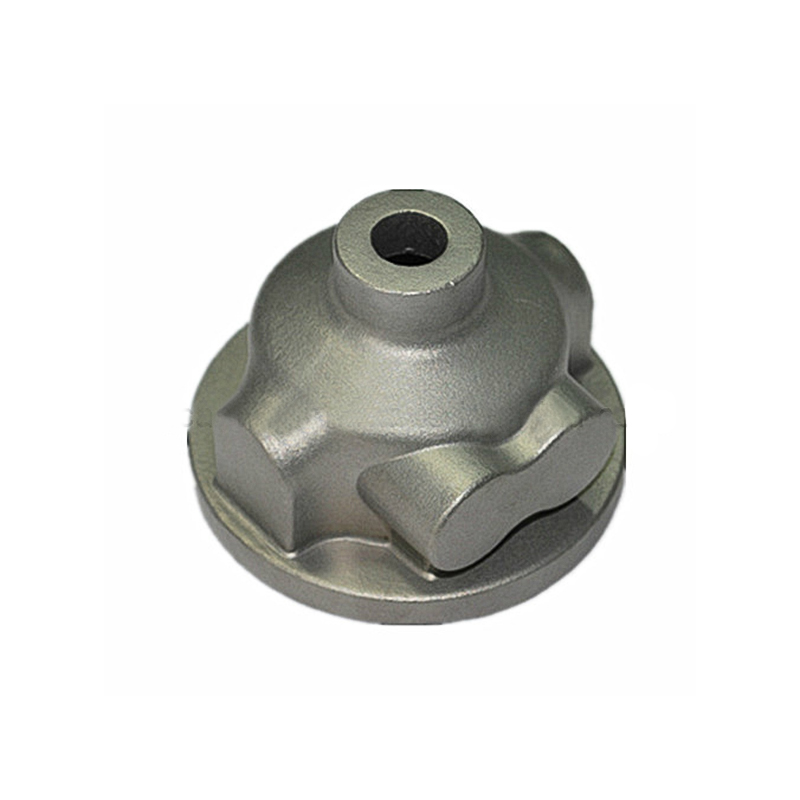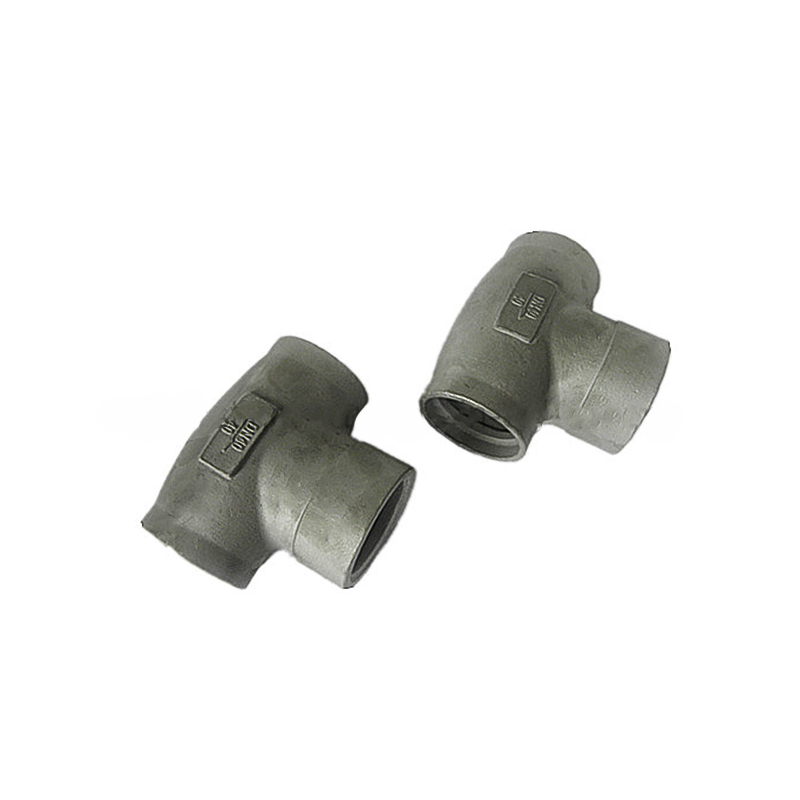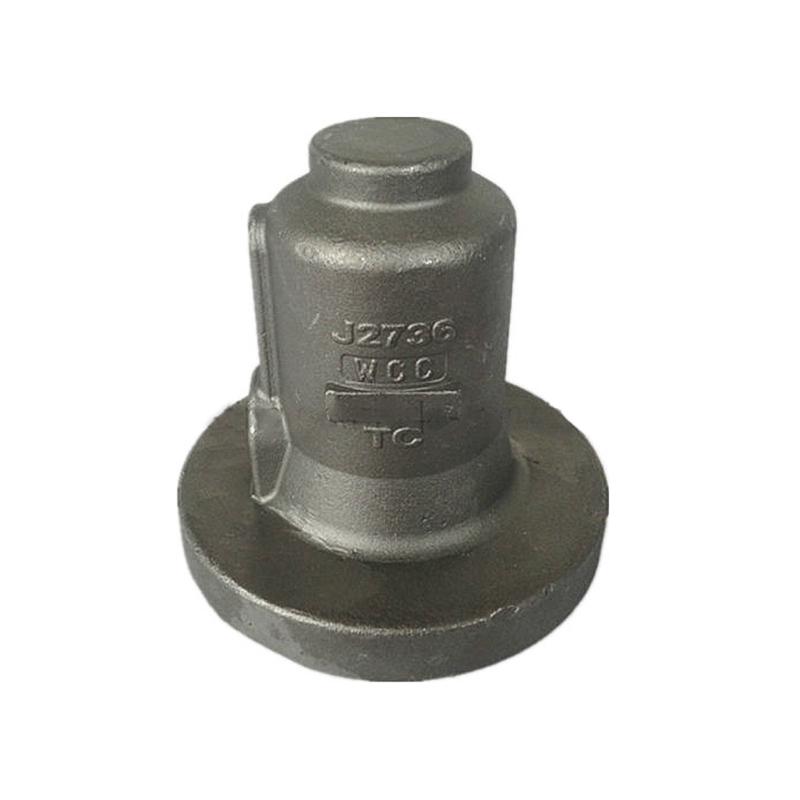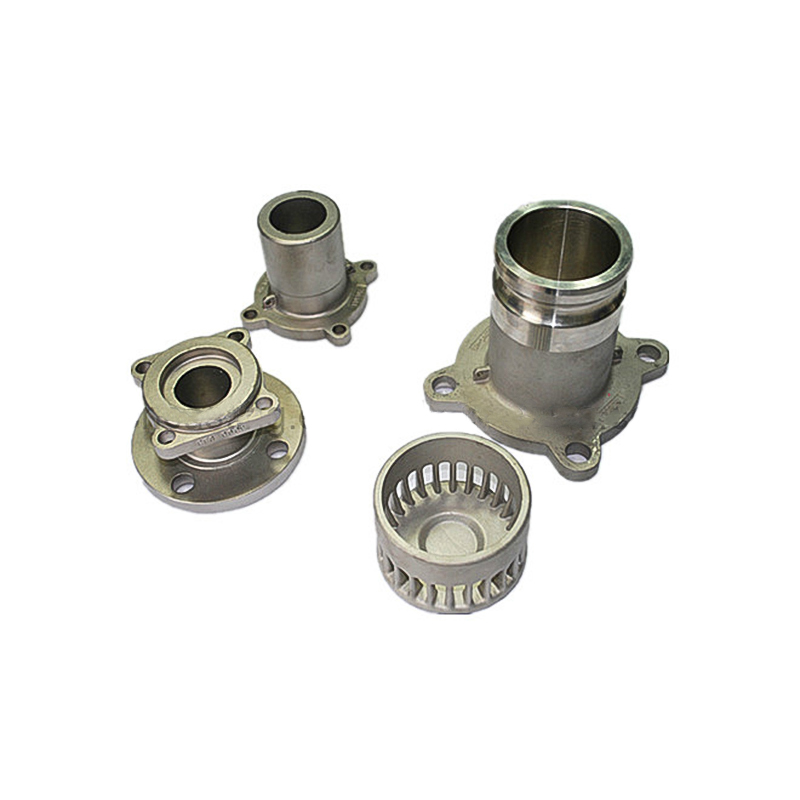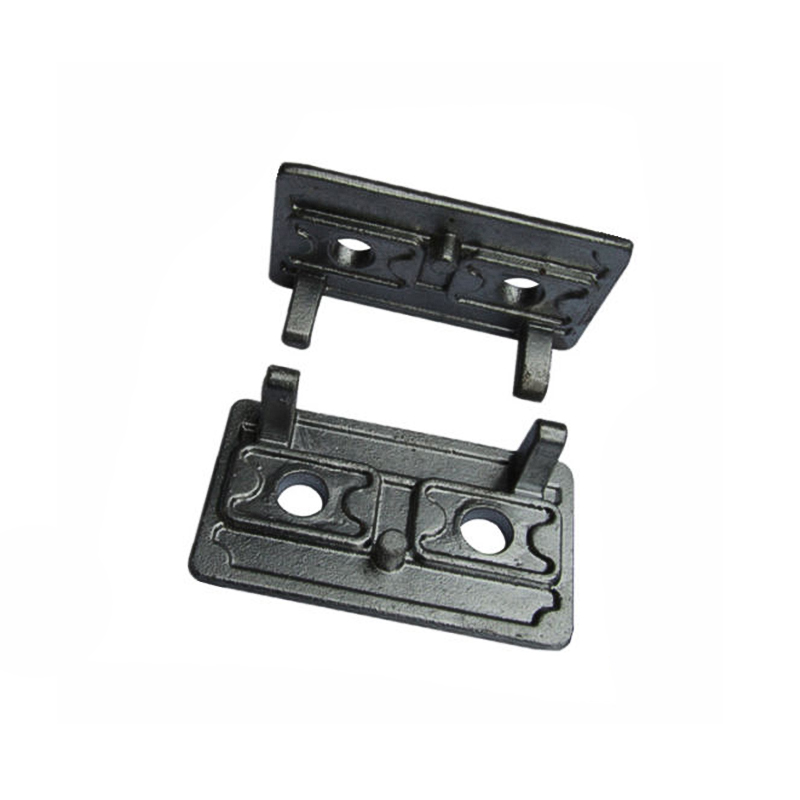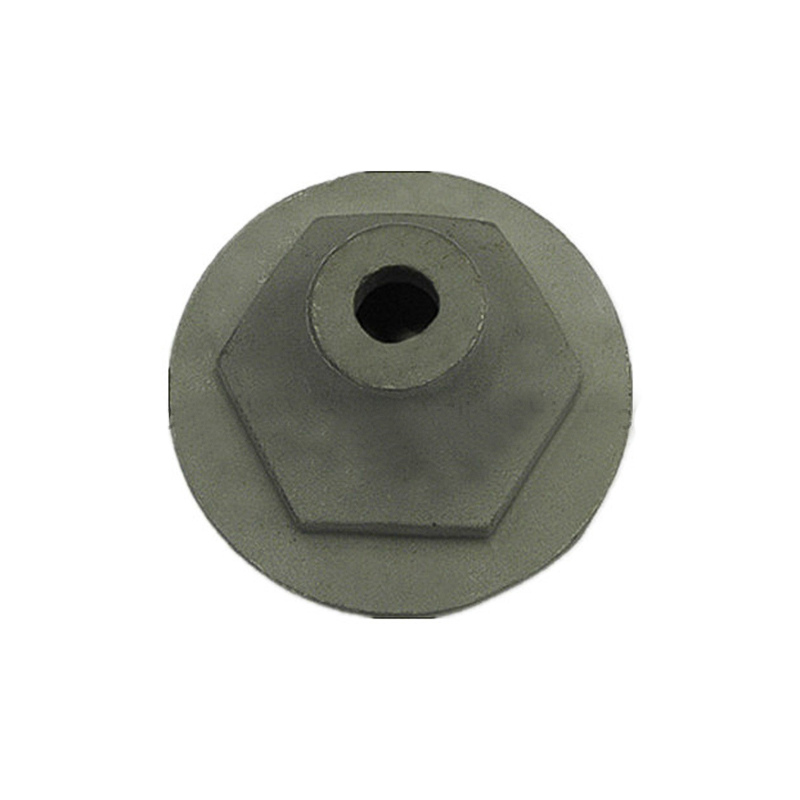How Automation is Boosting Efficiency in Stamping and Forging Parts Production
In recent years, automation has significantly transformed the manufacturing landscape, particularly in industries like automotive, aerospace, and heavy machinery, where high precision and large-scale production are key. The stamping and forging parts industry is no exception, with automation playing an increasingly crucial role in enhancing operational efficiency, improving product quality, and driving down costs.
The Evolution of Stamping and Forging Parts
Stamping and forging parts are two essential manufacturing processes used to create a wide range of components across various industries. Stamping involves the use of a die to shape metal sheets into parts, while forging uses heat and pressure to shape metal into desired forms. Both processes are highly demanding, requiring a high degree of precision and consistency. These parts often play a critical role in the performance and safety of end products.
Historically, stamping and forging parts were manufactured through labor-intensive methods, with operators manually overseeing the machinery and ensuring quality standards were met. However, as demand for faster production cycles, higher volumes, and more complex parts has increased, manufacturers have turned to automation to improve these processes.
The Role of Automation in Stamping Parts Production
Stamping is widely used to create components such as automotive body panels, brackets, and connectors. The process involves feeding metal sheets into a stamping press, where they are shaped using high pressure. In the past, stamping presses were operated manually or semi-automatically, with workers adjusting machine settings and monitoring the production.
Automation has dramatically enhanced the stamping parts manufacturing process in several key ways:
1. Increased Precision: Modern automated stamping presses are equipped with advanced sensors and feedback systems that monitor the forming process in real-time. These systems track variables like the thickness of the metal, press speed, and pressure, adjusting the settings to prevent defects and maintain consistency throughout the production.
2. Faster Production Cycles: One of the most notable advantages of automation in stamping parts production is the ability to increase production speed. Automated stamping presses can operate continuously, without the need for breaks or manual intervention, which significantly reduces cycle times. This results in higher throughput and the ability to meet tight production deadlines.
3. Reduced Waste: Automated systems in stamping parts production allow for precise control of material usage. By optimizing the metal sheet size and shape, waste is minimized, which not only improves sustainability but also enhances cost-efficiency in production.
4. Predictive Maintenance: Automation brings the added benefit of predictive maintenance in stamping parts manufacturing. Sensors within automated stamping presses can monitor the condition of components like dies and presses, predicting when maintenance or part replacements are needed. This minimizes unexpected downtimes and extends the lifespan of machinery.
5. Advanced Tooling and Die Management: Automation allows for faster and more accurate tool changes, reducing setup times between production runs. Additionally, automated systems can track the wear and tear on dies and tools, ensuring they are always in optimal condition, which reduces defects and downtime.
The Impact of Automation on Forging Parts Production
Forging involves shaping metal through heat and pressure to produce high-strength components for industries such as aerospace, automotive, and energy. Forged parts are known for their durability and superior mechanical properties, making them ideal for applications where strength and reliability are paramount.
In forging parts production, automation has similarly had a transformative impact:
1. Automated Forging Presses and Hammers: Traditionally, forging parts were shaped using manual or semi-automated hammers and presses. Today, automated forging presses controlled by CNC (Computer Numerical Control) systems provide greater precision and speed. These systems can automatically adjust pressure, speed, and temperature to ensure that each part is forged correctly.
2. Improved Quality Control: Automated systems in forging parts production continuously monitor the process for temperature, pressure, and material flow. By detecting anomalies in real-time, automation ensures that defects are caught before large batches of parts are produced, improving overall quality.
3. Robotic Handling Systems: Automation in forging parts production also includes the use of robotic arms and conveyors to handle hot materials. In the past, workers had to manually move heavy, hot forged parts, which not only posed safety risks but also slowed down the process. Now, robots handle the material transportation, allowing for faster production cycles and reducing the risk of human error.
4. Energy Efficiency: Forging processes can be energy-intensive, particularly when it comes to heating metals to extremely high temperatures. Automation optimizes energy consumption by adjusting the heating cycles and pressure applications in real-time, ensuring that energy is used efficiently throughout the process. This contributes to cost savings and helps manufacturers meet sustainability goals.
5. Flexibility and Customization: Automation in forging parts production allows for more flexible manufacturing. Automated systems can be reprogrammed to produce different types of parts with minimal downtime. This flexibility is essential in industries like aerospace, where custom parts are often required in low quantities.
The Benefits of Automation for Stamping and Forging Parts Manufacturers
The widespread adoption of automation in stamping and forging parts production offers several key advantages:
1. Cost Reduction: While the initial investment in automated equipment can be substantial, the long-term savings are significant. Automation reduces labor costs, minimizes waste, improves energy efficiency, and increases throughput. These savings typically outweigh the upfront investment, making automation a smart financial decision for manufacturers.
2. Enhanced Safety: One of the primary benefits of automation is improved worker safety. Automation reduces the need for human intervention in high-risk operations, such as handling hot materials in forging parts production or operating large, high-pressure stamping presses. This decreases the likelihood of workplace injuries and creates safer work environments.
3. Scalability: As demand for stamping and forging parts increases, automation allows manufacturers to scale production efficiently. Automated systems can handle larger volumes without requiring additional labor or significant changes to the production floor. This scalability helps companies meet growing customer demands without sacrificing quality or efficiency.
4. Higher Quality Standards: Automation ensures that stamping and forging parts meet the highest quality standards by maintaining precise control over critical factors such as temperature, pressure, and material flow. Automated systems help to minimize defects and produce parts that consistently meet customer specifications.
5. Reduced Lead Times: Automation accelerates production cycles, reducing the time required to produce stamping and forging parts. By running processes continuously and ensuring that downtime is minimized, automation allows manufacturers to meet customer deadlines more effectively.
Challenges and Considerations
Despite its numerous benefits, the adoption of automation in stamping and forging parts production presents certain challenges. The initial investment in automated machinery can be high, and companies must ensure they have the technical expertise to implement and maintain these systems effectively. Additionally, automation may lead to job displacement in certain roles, though it is likely to create new opportunities in areas like robotics programming and system maintenance.
Another challenge is the integration of automation with existing systems. Manufacturers need to ensure that their current infrastructure can accommodate automated equipment, which may require upgrades to software, sensors, and control systems.



 English
English Deutsch
Deutsch 简体中文
简体中文
